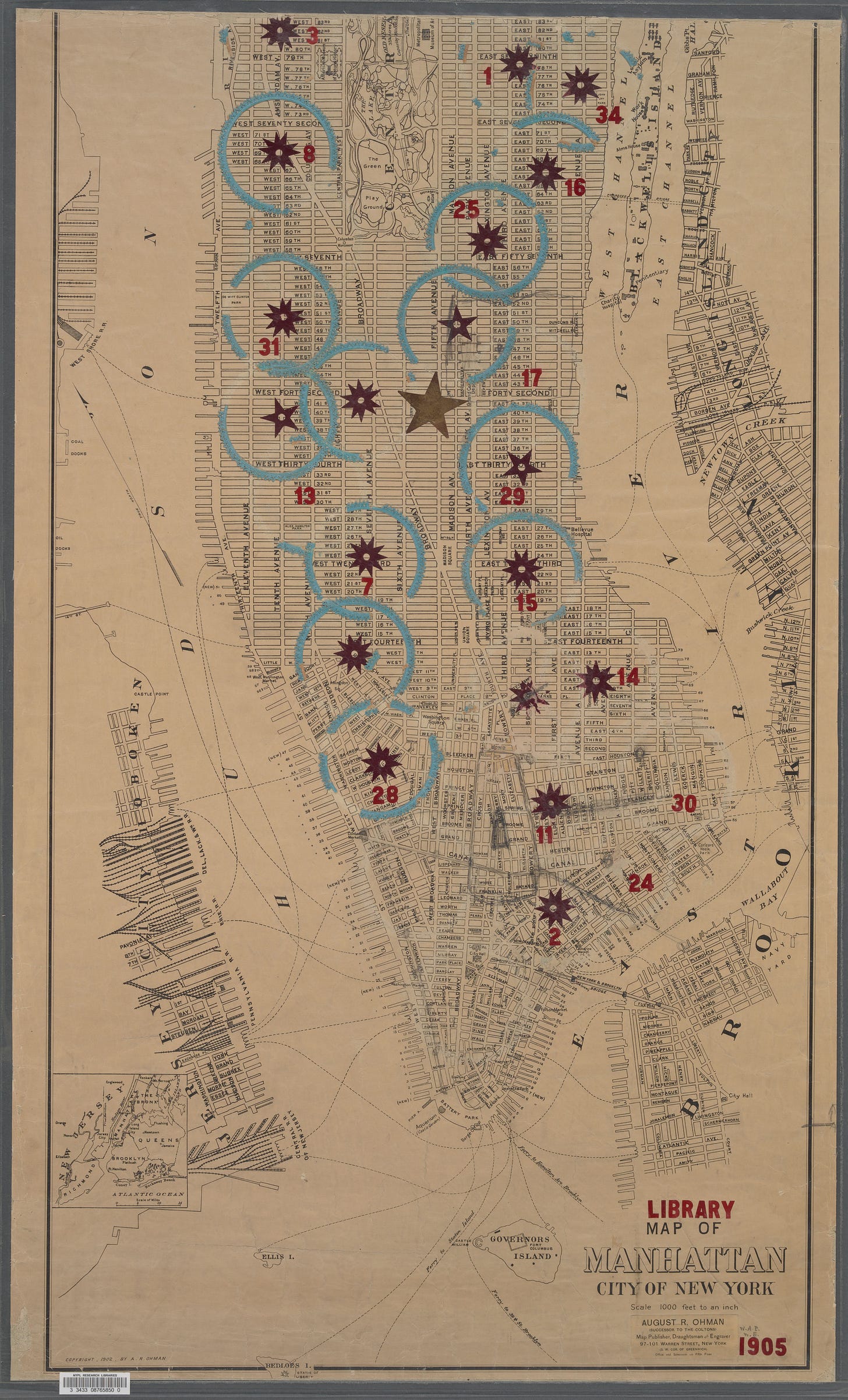The House of Mirth book club tentatively convenes on Sunday, January 12 (time TBD).
I hope the next month or so gives you plenty of downtime to read this 1905 novel by Edith Wharton, a writer born into upper-class New York City society. She was the first woman to win a Pulitzer—not for this one, but for her novel The Age of Innocence (1921) which notably was adapted to film by Martin Scorsese. (Not to overshadow her work, but you might’ve seen it.) There’s also an adaptation of The House of Mirth by Terence Davies that I’ve never seen, with Gillian Anderson playing the role of Lily Bart.
Upper-class NYC society may not immediately hook you as the most compelling subject matter 🥱 but I have always found her writing to be page-turning. Her characters are a bit satirical, typically not “good people,” often out of touch. But they are fun to follow through their upper crust lives.
“On Wharton's map, civilization ends north of Central Park, except for satellites in Newport, Rhinebeck and Tuxedo Park. Her New York is very slender -- it stretches from Third Avenue to Sixth, essentially -- and its center is what is now the campus of New York University. If Steinberg had drawn Wharton's New York, he would have shown it from the point of view of someone looking through the Washington Square Arch.”

Furthur periodical-ing: Edith Wharton's New York (you might get paywalled here, but the quote above this is excerpted from the article)
Furthur watching: The Age of Innocence, Scorsese, currently not screening anywhere but if I see it come up on a theater calendar I’ll let you know.
Furthur reading: The Jungle, Upton Sinclair, published the same year, also published as a critique of society, but set in a different city (Chicago), about a different social class (working class). Definitely not analogous but could be an interesting pairing, a contrasting tale of two cities.




